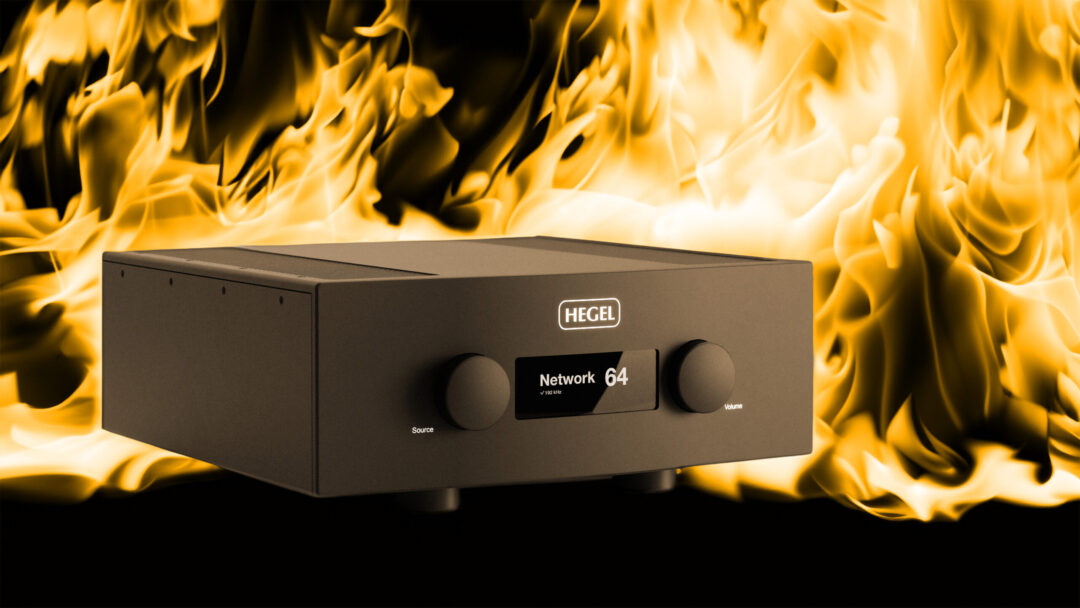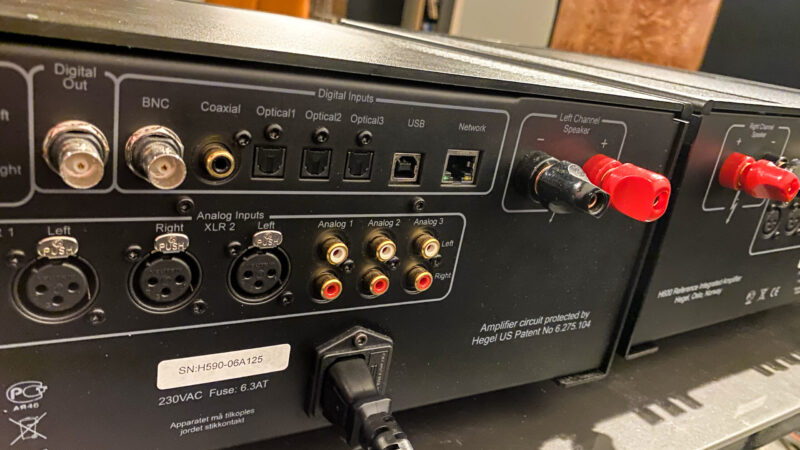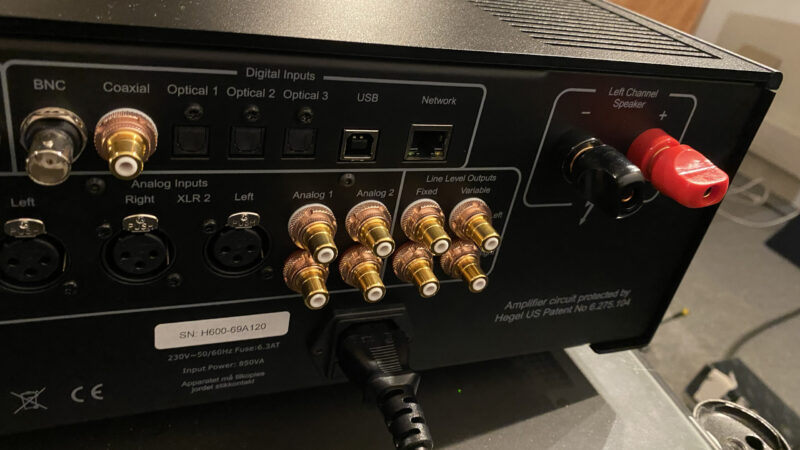The Hegel H590 was perhaps the best integrated I’d heard when I tested it back in 2018. But things move fast, especially in electronics and digital processing, so a lot has happened in the last five years. Let’s not forget that Hegel recently launched its two-part amplifier set P30A and H30A, which beats its predecessors by several orders of magnitude and has been the inspiration for most of the analog circuitry in the all-new H600 integrated.
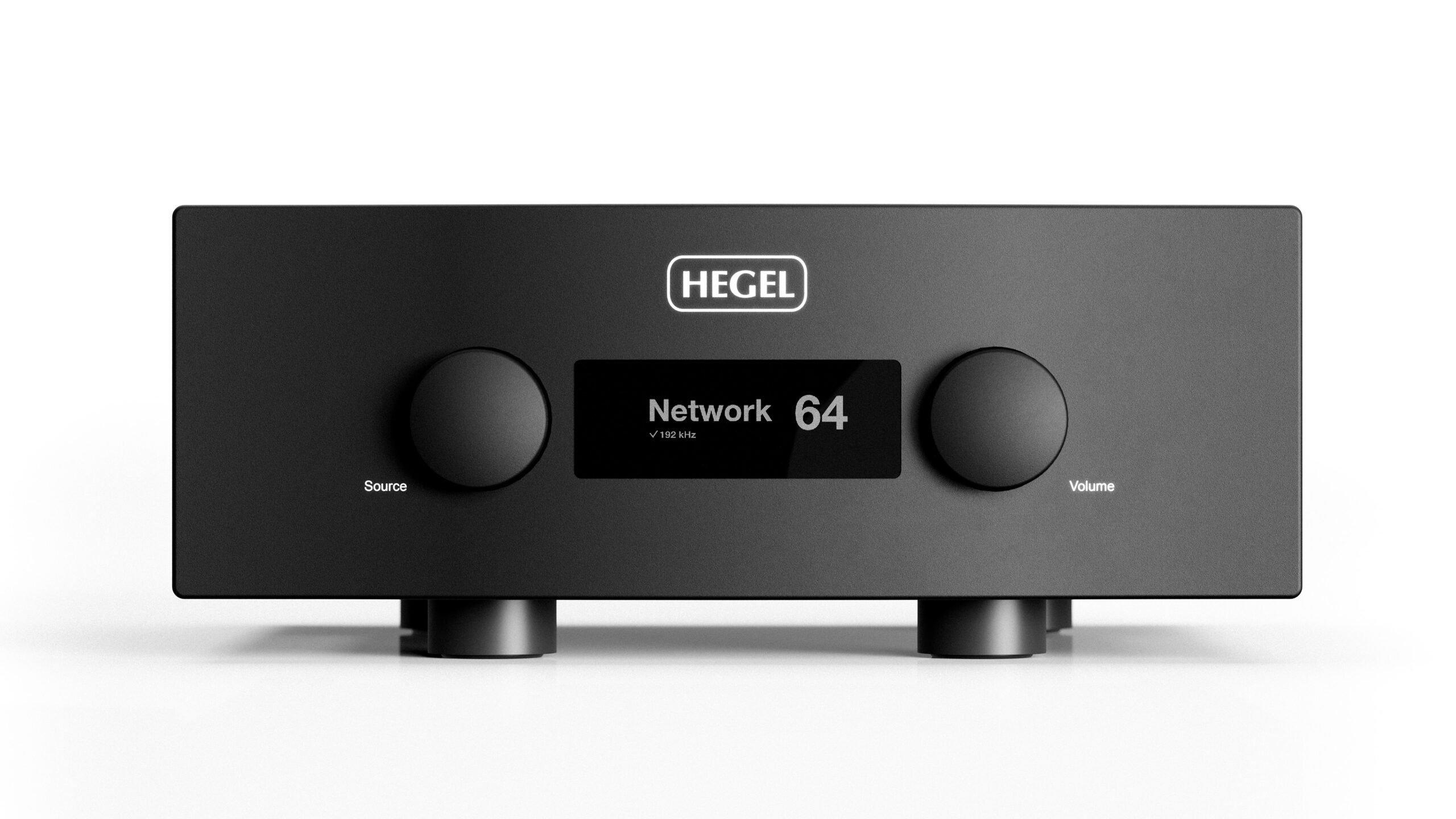
Hegel didn’t really need to retire the H590 for quality reasons. It’s still very good, with an excellent DAC that also supports high-resolution music formats up to 384 kHz. It’s Roon Ready, MQA compatible and the whole shebang (not that MQA seems to be particularly relevant these days). The retirement is probably more of a necessity, as it uses a DAC chip from AKM, where production ceased a few years ago due to the AKM factory burning down.
But with innovation we expect improvements, so Hegel may have felt pressured to improve the H600 in all areas.
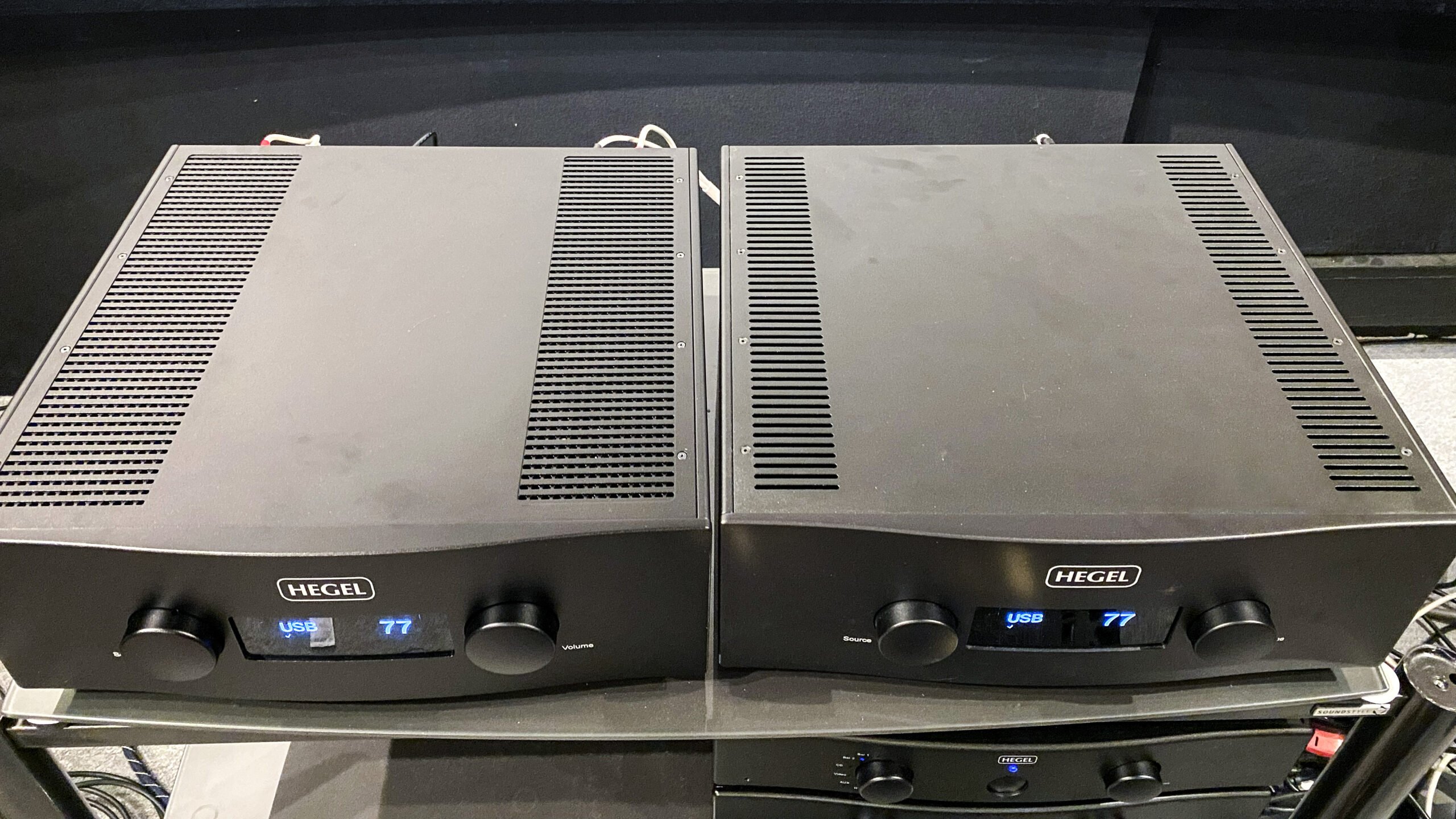
Relates to its big brothers
On the outside, the H600 is exactly the same size as its predecessor. To the millimeter. However, although the cabinet is made using the same machining process, the material is now aluminum instead of steel, which Hegel claims improves sound quality. In addition, the top cover is milled out in two layers for better stability and airflow. This cover is similar to the one on the H30A.
What the H600 does not inherit from the new top models, however, is the notch at the top of the front. On the front, the amplifier is virtually identical to its predecessor, the H590.
Better connections
However, the biggest visible improvement is on the back, especially the RCA inputs, which are now of higher quality. They now stick out further and provide a larger contact surface and, most importantly, the shiny gold-plated contacts are much nicer to look at! These are the same as on the now discontinued HD30, and in this respect the H600 outperforms even the expensive P30A preamplifier.
But the most important change is – of course – on the inside.
“The key word is sound quality. Personally, I think the H600 is a massive improvement over the H590. So much so that I no longer find the H590 particularly pleasant to listen to,” writes Marketing Manager Anders Ertzeid confidently in an email.
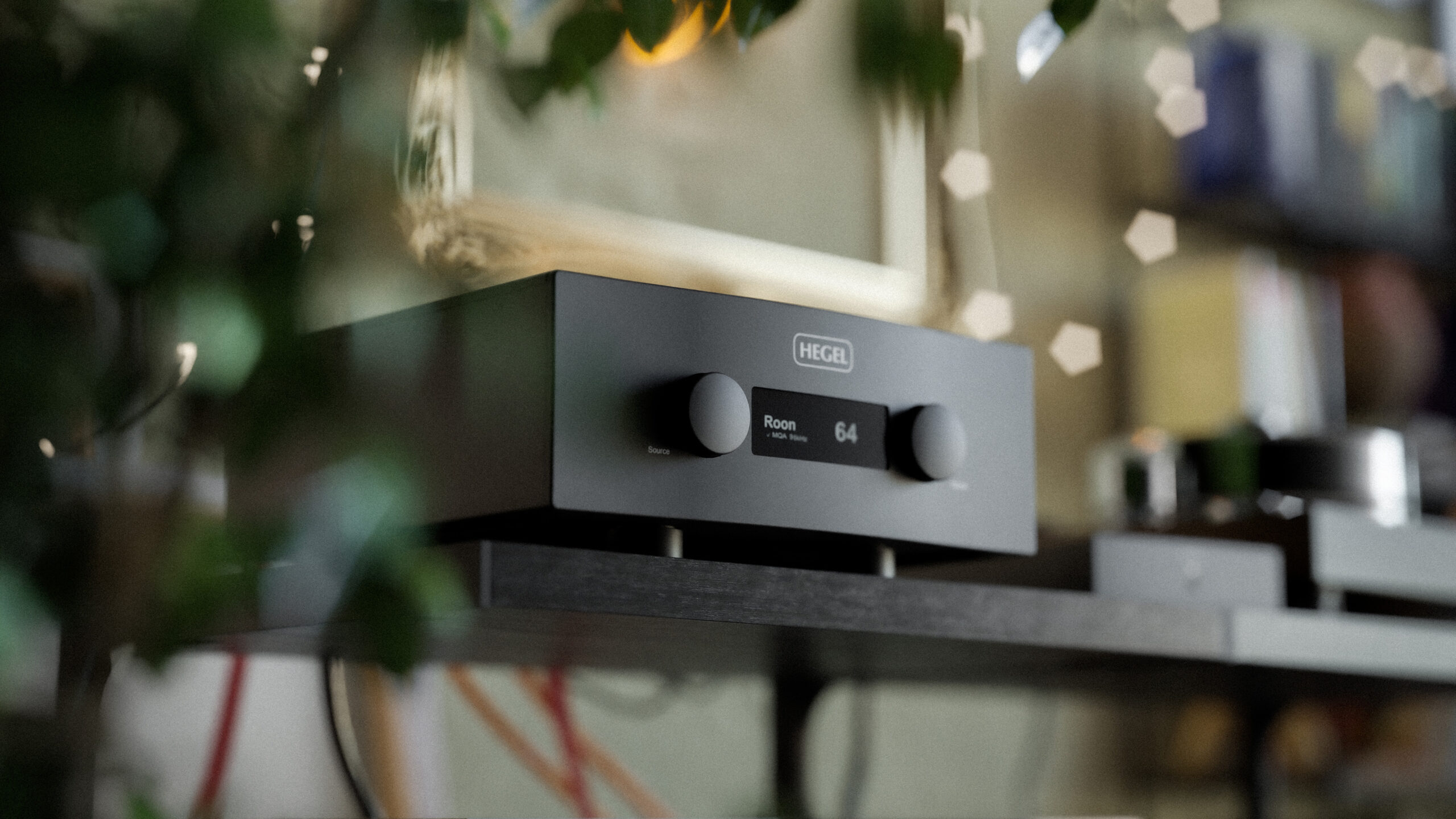
Power station
Where the H590 was rated at 301 watts per channel in 8 ohms, Hegel has cheekily increased the power to 303 watts in the H600. As with its predecessor, the damping factor is 4,000 in 8 ohms to give full control of the bass regardless of speaker impedance. The dual mono design should provide almost the same performance as two mono amplifiers in one box.
All electronic circuit design is done in-house at Hegel with “best quality” components. In addition, SoundEngine2 noise correction is said to provide an audio signal that is “as close to the original recording as possible”.
Bit-perfect DAC
The DAC in the Hegel H600 is built around the ESS 9038Q2M chip with 32-bit resolution and a dynamic range of up to 129 dB. Knowing Hegel, it has been fine-tuned to perform even better. The DAC has a bit-perfect design with no resampling or upsampling. The same as in the new flagship Viking CD player, which Hegel believes provides the sound that is most faithful to the original.
A large, dedicated power supply for the DAC ensures the most stable performance and is shielded by a thick steel plate to avoid interference from other electronic components in the amplifier. Hegel claims that the DAC is “groundbreaking” in terms of resolution and timing. And that’s saying something when you consider how satisfied we’ve been with Hegel’s previous DACs. Like the very capable but discontinued HD30, but also the one built into the H590.
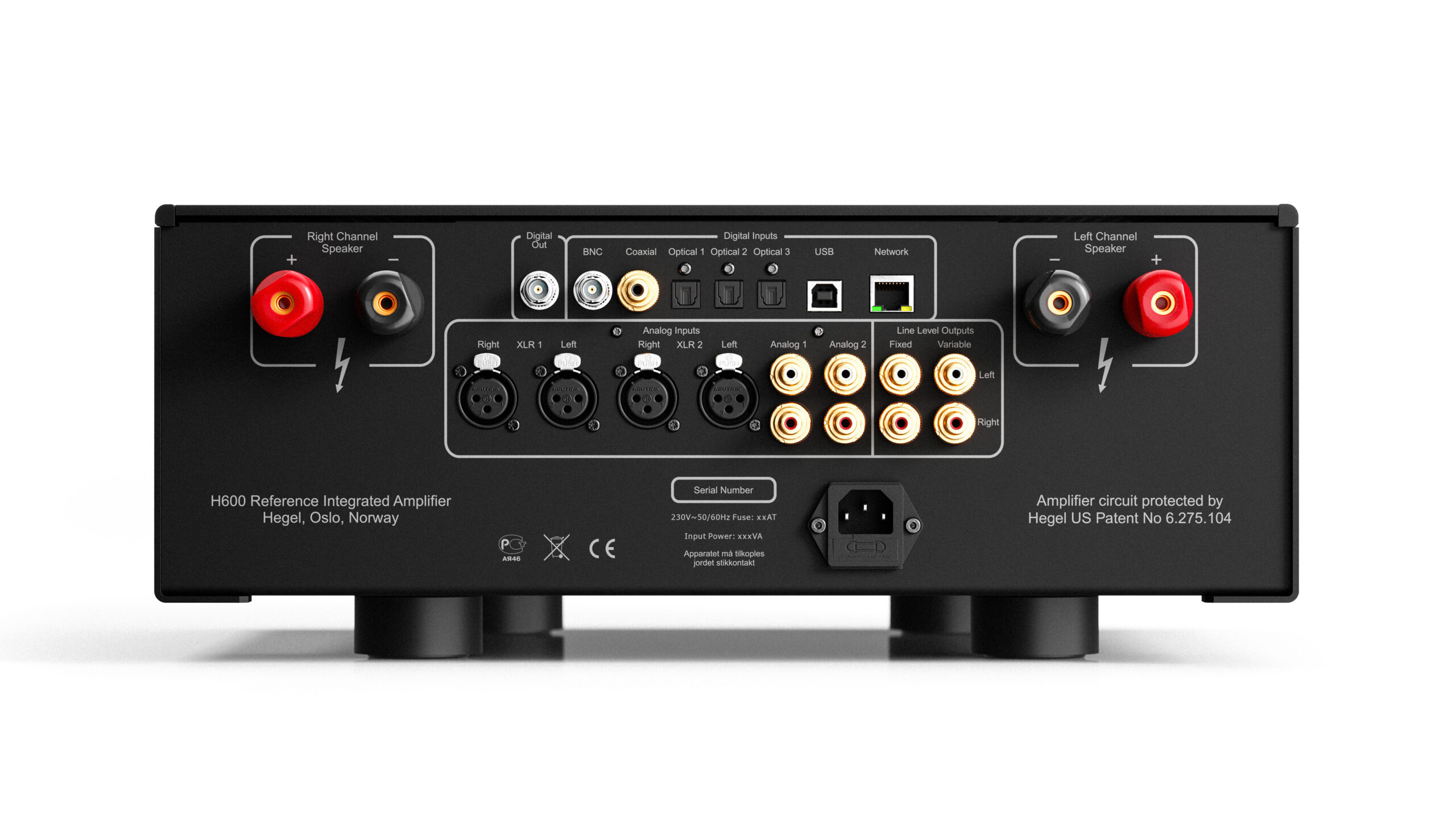
Functions
Because great sound shouldn’t come at the expense of ease of use and features, the Hegel H600 is equipped with AirPlay 2, UPnP streaming and Spotify Connect. And – finally – Tidal Connect. This means you can get audiophile streaming directly from the Tidal app on your phone, straight through the air to the amplifier. Roon Ready is also on the way, but still awaiting approval. This time around, Hegel hasn’t given us a time estimate for Roon, but is confident that it will be significantly faster than with the H590, which took well over a year…
Hegel also promises that this is just the beginning. The H600 has been given a very advanced streaming engine to ensure that the amplifier is always up to date with the latest options for streaming your music. Whether this means future support for Qobuz, Apple Music and more remains to be seen. I’ve been calling for Chromecast support for a long time, so let’s hope it’s on its way.
The amplifier is very similar to its predecessor, but the large control buttons on the front of the H600 are now tactile with touch control, which should make the amplifier more intuitive to use.
No HDMI
Hegel has chosen not to equip the H600 with an HDMI input. We would have liked to see one that could be connected to the TV via ARC / eARC. Then you would also be able to control the sound directly from the TV remote control. Fortunately, the amplifier can be programmed to respond to regular TV remotes. If your TV remote supports Bluetooth, it is important to disable this, otherwise it will not work with Hegel.
Connections
The amplifier has two pairs of true balanced XLR inputs and two pairs of unbalanced RCA inputs. On the digital front, it has a LAN network port, a USB 32/384 input (which also supports DSD256/DoP), three optical inputs, a coaxial input and a true BNC 75-ohm input. Analog outputs include a pair of fixed RCA outputs, where you can connect a headphone amplifier, for example. There are also a couple of adjustable RCA outputs for connecting a power amplifier or subwoofer. Personally, I would have liked to see a pair of balanced XLR outputs as well, but it does have a digital BNC output.
Most of the inputs can be set as a high-level fixed home theater input, making it easy to combine the H600 with surround amplifiers and processors.
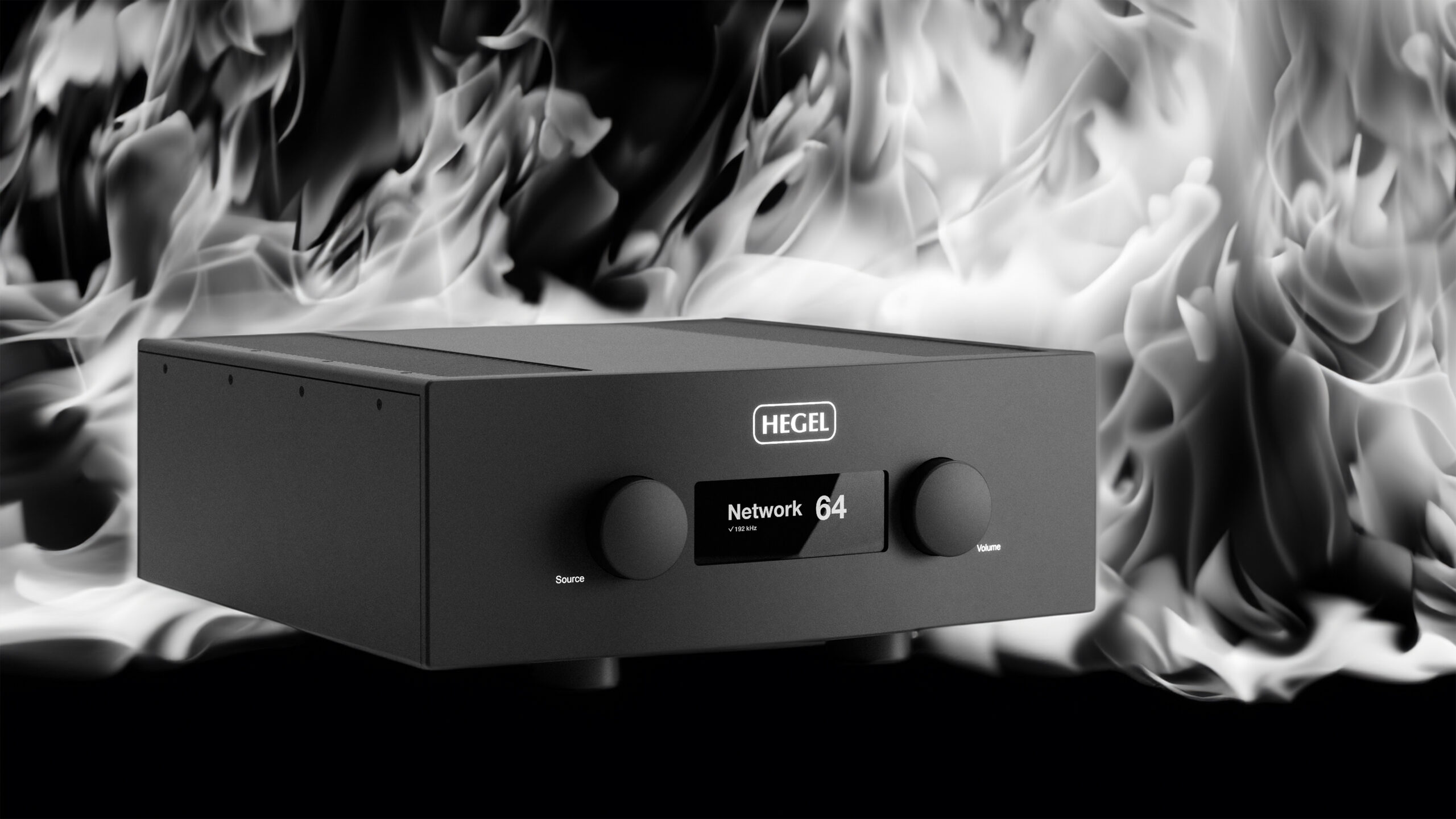
Hegel H600: Sound quality
Do the changes translate into better sound? Yes, they do! I had expected to switch back and forth a lot between the two amplifiers and the small but incredibly well-sounding labans of floorstanding speakers, the Raidho X2t (review to follow), in search of subtle improvements. But the differences are immediately audible. The same differences are also apparent when the speakers are replaced with the more compact – and considerably cheaper – Dynaudio Evoke 20. Just on a somewhat smaller scale.
At first glance, I get the feeling that the H600 is lighter on its feet, with a little less punch in the bass. But I’m fooled. Take the song Playing God by Polyphia. Progressive rock would be too simple a description, because there’s both a fast flamenco guitar and electronic rhythms ready to grab you by the trouser legs and plant some heavy punches in the middle of your stomach.
The H590 is admittedly more bass-focused than the H600, which has more air at the top and renders cymbals in a playfully light and airy way. That’s exactly why I don’t immediately notice it: there’s better bass control in the H600 too. It’s tighter, better defined and certainly doesn’t hit any less hard. It’s simply a more complex soundscape I’m being served, with clearer sonic structures.
Tidal Connect
Not many people know this, but PJ Harvey wrote the music for the theater version of All About Eve, and Arpeggio Waltz is a very well-written example. Calm and repetitive, but still an exciting arrangement.
When I stream from my cell phone with Tidal Connect, the sound is of the same impressive quality. The bass notes are heavy on the bottom, while the electric guitar spreads out into the room. The percussion instruments emerge playfully light and airy, and I’m almost transported to a dream state.
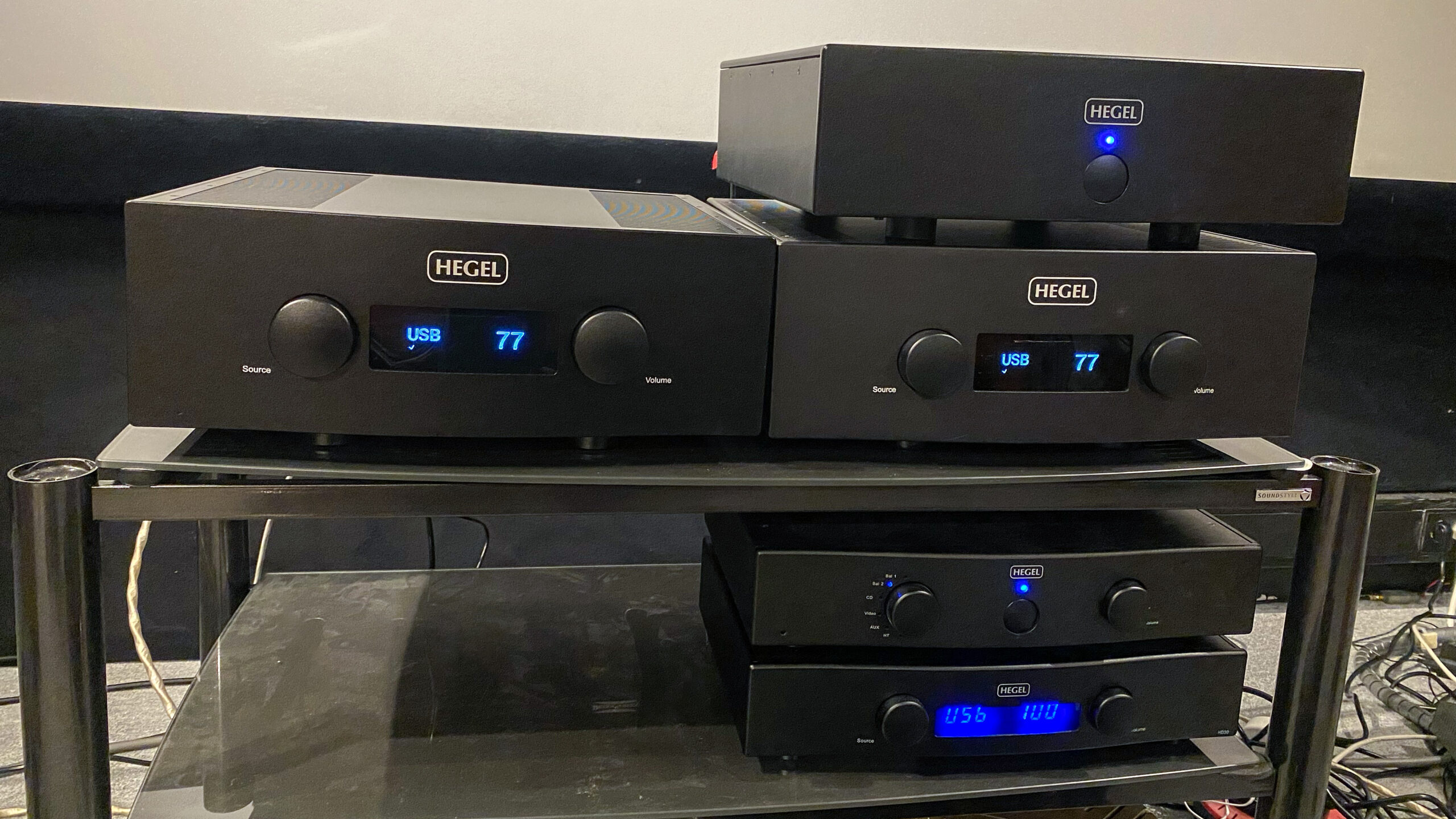
Hegel vs. Hegel
But how good is the H600 really? Compared to, say, the HD30 DAC played through an H20 power amplifier? The combination cost the same as the H590 when the products were on sale and has a slightly weaker output at 200 watts per channel.
With both amplifier solutions connected to the MacBook Pro via USB, there’s very little to compete with the H600.
“I hope it’s the H600 that’s plugged in now, because there’s more of everything here!” Audun Hage exclaims as I run a blind test for him. It is!
And even if I connect the P30 preamplifier (the predecessor to the P30A) so that the DAC can play at full output level, it sounds much more dull and with less scale in the soundstage. It’s better than using the HD30 as a preamp, but there’s no doubt that the sound unfolds more with the H600.
Hegel vs. McIntosh
We have another giant in the test room, the McIntosh MA9500. An insane tank of an integrated amplifier that exudes much better build quality than the Hegel H600. Which, despite an upgraded rear panel, still has some way to go to reach the finest amplifier jewelry in the class.
But even though the MA9500 sounds much better than, for example, the older MA7000, it has to give up against the H600. Here, the sound is so big, crisp and high-resolution that all music just flows effortlessly. The McIntosh is powerful and rock solid and has that lovely warmth in the bass and midrange. But it lacks the space and air that the H600 delivers, and it doesn’t have the same dynamics either.
It’s no understatement to say that the H600 has a lot of the flagship P30A and H30A amplifiers under the hood.
Value for money?
Then we need to talk about the price. While its predecessor, the H590, cost DKK 78,000, the H600 costs DKK 85,000. So it just needs to be better. But the price increase follows the industry-wide pattern of inflation, so it’s not as bad as you might think.
And when the sound quality is so much better and the streaming options are correspondingly more up-to-date, I think the H600 is worth the price, even without taking inflation into account. Next to the P30A and H30A, this is the best Hegel has ever made.
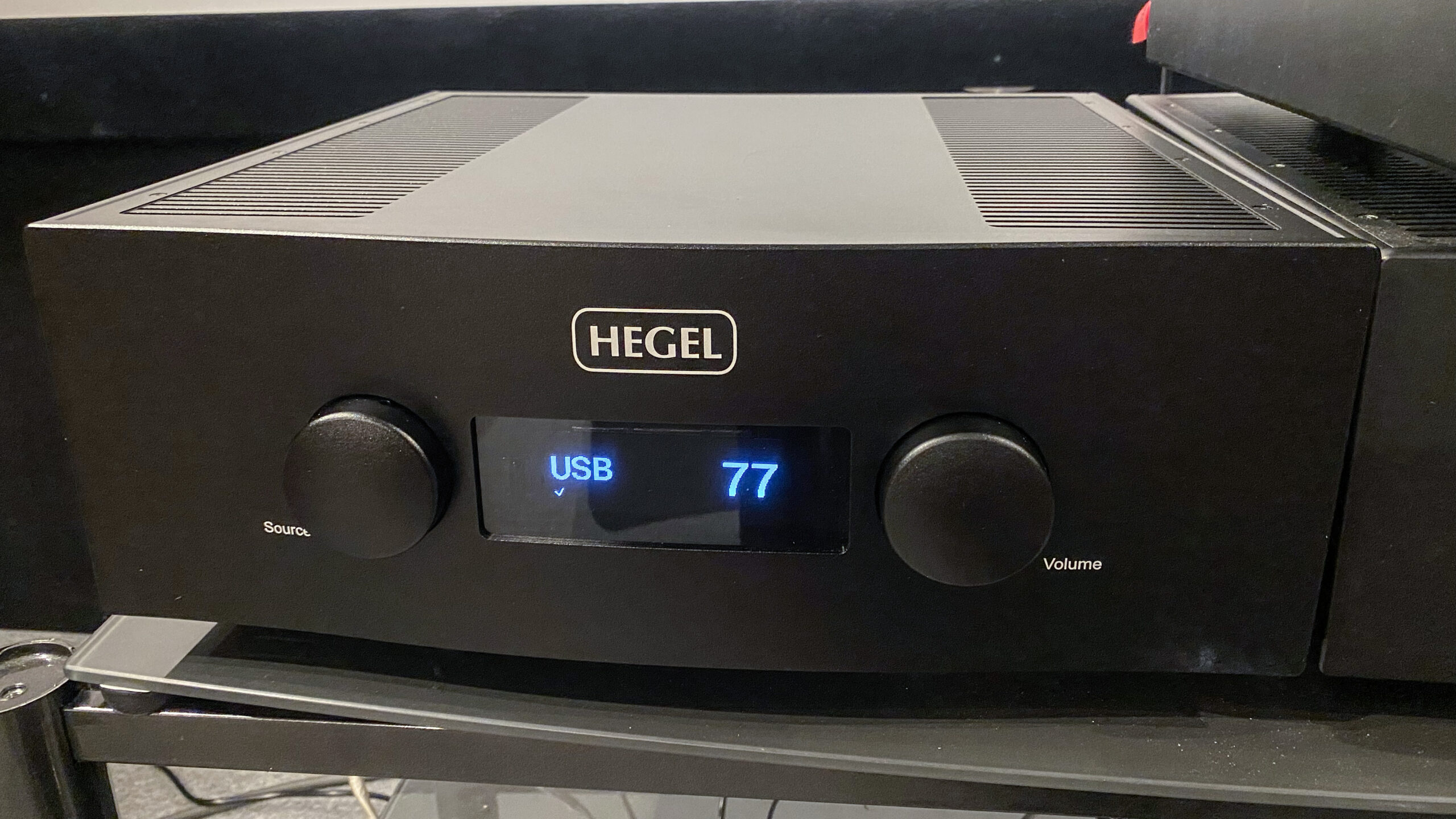
Conlusion
Hegel blew us away with the launch of the H600, and we were equally surprised by how quickly we received it for testing. But that was nothing compared to the shock when we heard it.
The H590 has long been one of our references in its class, but it’s amazing how a better product can suddenly overshadow an old favorite. The new king of the hill is the Hegel H600 with significant upgrades throughout the signal chain. It sounds so insanely good – both at low and high volumes – that most other products pale in comparison.
It’s in a price range for special interest buyers. But those lucky enough to get their hands on one won’t regret it.

We think
All the power you'll ever need, combined with unprecedented resolution in this power class. Better digital parts than ever before. And finally Tidal Connect! There are definitely amplifiers in the price range with better cabinet design. No headphone output.
11500 €
Specifications
- Type: Network amplifier
- Technology: Class AB with SoundEngine 2
- Wireless: AirPlay 2, Roon Ready
- Services: Spotify Connect (coming), Tidal Connect
- Connections: 2 balanced (XLR), 3 unbalanced (RCA). Outputs: 2 unbalanced (RCA, variable and fixed)
- Turntable input: No
- Radio: No
- Headphone output: No
- DAC: 32-bit 384 kHz PCM, DSD (USB)
- DAC connections: 3 x optical, 2 x coaxial (1 x BNC), USB-B, Ethernet
- Power: 2 x 303 W in 8 Ohm
- Frequency range: 5 Hz – 100 kHz
- Dynamics: Not stated
- THD: 0.005% @ 50W 8 Ohms 1kHz
- Signal to noise: Better than 100 dB
- Other: Remote control, MQA decoder
- Dimensions / Weight: 17.1 x 43 x 44.5 cm (H x W x D) / 22 kg
- Web: hegel.com
